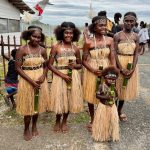Should you visit Aokigahara, or as it is more commonly known suicide forest? Well as someone who literally just been there I would certainly say yes!
The reasons for this are myriad, but aside from being a genuinely beautiful place around Mount Fuji, there is also a somberness and indeed weirdness that is uniquely Japanese. And of course this very much qualifies as a dark tourism site.
What the Aokigahara Forest?
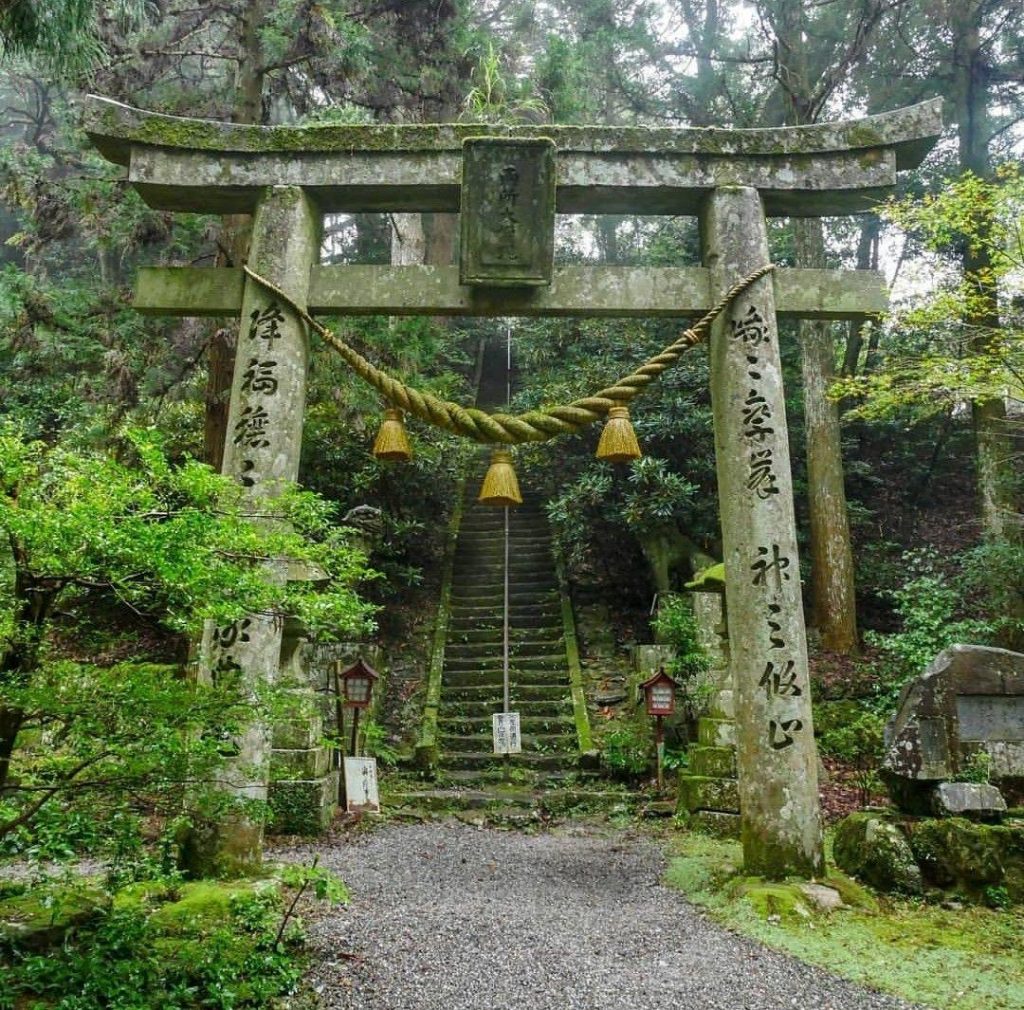
So what actually is Aokigahara? Geographically speaking it is a dense forest that sits at the northwestern base of Mount Fuji in Yamanashi Prefecture. It was formed around 1,200 years ago after a major eruption from Fuji-san, leaving a thick volcanic bed that now supports a rich but oddly quiet forest. There’s something about the soil and the trees here that makes sound just kind of die. It’s not your imagination, it really is eerily silent.
The name Aokigahara (青木ヶ原) translates roughly to “Sea of Trees”, and when you’re in it that makes perfect sense. The trees are so densely packed that it’s not hard to see how people could just vanish in here. You get turned around once and boom, you’re lost. The forest covers about 35 square kilometers and is technically protected land, although that hasn’t stopped it becoming infamous for some of the darker sides of humanity. More on that in a second.
Historically, the place has long held a kind of spooky rep. Even before the suicides it was linked to ghost stories, demons, and ubasute, an old tradition where people would allegedly dump the elderly to die in remote places during famine (not the worst idea). Whether that happened or not doesn’t matter, the legend alone adds to the vibe. But in modern times it’s not the yokai or the spirits that draw people here. It’s something a lot more real and a lot more disturbing.
Suicide Forest?
Yes, suicide forest. That’s not just a nickname, it’s what people all over the world now call Aokigahara. The forest has become notorious for being the most popular suicide spot in all of Japan, and in actuality the world, although there is very little suicide tourism that we know of.
The surge of suicides in Aokigahara seems to have spiked in the 1960s, though it had a bit of infamy before that. Some people link the modern rise to a 1961 novel by Seichō Matsumoto called Tower of Waves (Nami no Tō) where the lovers commit suicide in the forest. Since then it’s been in books, films, video games and even a bunch of YouTube vlogs which often veer into wildly disrespectful territory.
No one knows the exact number of suicides, but for years local authorities were reporting 70 to 100 bodies being found annually. They’ve since stopped publishing the numbers to try and stem the forest’s grim reputation. But even now the local volunteers, police and fire crews do annual sweeps of the forest to look for bodies or people in distress. Yes, that is a thing and you might even see the coloured tape people tie to trees so they can find their way back out. Sometimes these tapes just end…
One of the most tragic things is that a lot of those who come here don’t even go deep into the forest. Many hang around the entrance hoping someone will stop them. Some bring tents and camp overnight while deciding what to do. That adds a whole other layer to walking through Aokigahara. Anyone you see alone, any weird item on the ground, your mind starts racing, yes its probably just paranoia, but not entirely unjustified.
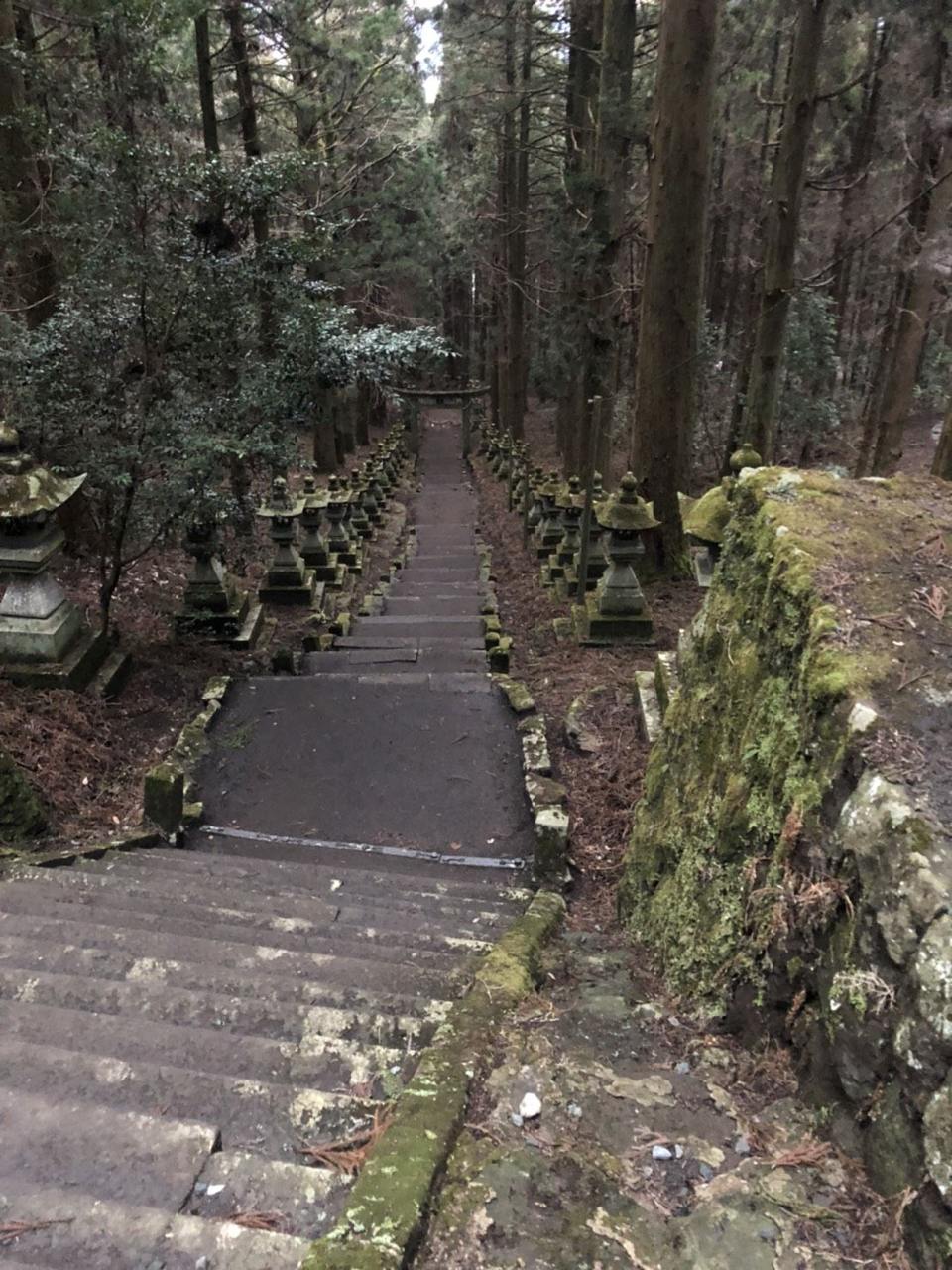
What can you do at Aokigahara?
OK, so it’s not just a death site and there are genuinely cool and wholesome things to do here, especially if you’re into nature, hiking or exploring caves. The forest is littered with well-marked trails, and as long as you stay on them you’ll be fine. Don’t wander off, seriously. Not just for safety, but also out of basic respect.
One of the main draws is the Fugaku Wind Cave (富岳風穴) and Narusawa Ice Cave (鳴沢氷穴), both of which are easily accessible and tourist-friendly. The Wind Cave is known for its cool interior even during summer and was used in the past to store silkworm eggs. The Ice Cave meanwhile stays frozen all year round and offers a cool (literally) break from the outside humidity.
The walk to these caves is scenic in that “am I in a Studio Ghibli film?” kind of way. You pass moss-covered rocks, twisted trees and that iconic blue tape left by forest wanderers. It’s peaceful, it’s surreal, and if you’re with a group you’ll probably be chatting and taking photos. But there will be moments where the forest gets quiet and you’ll start to feel it. That pressure. That weird heavy air. That’s when it hits you that this isn’t just a park. It’s something else entirely.
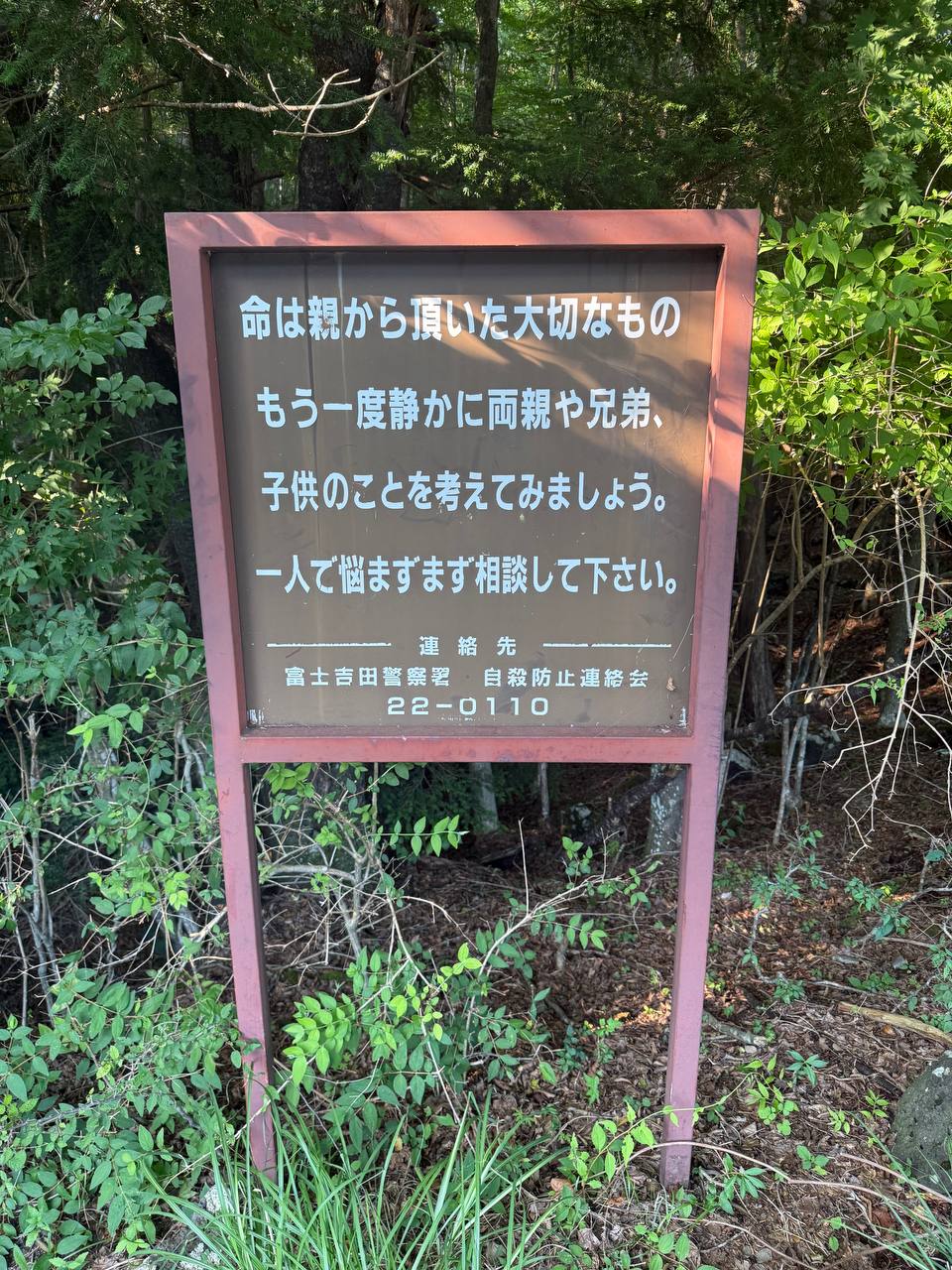
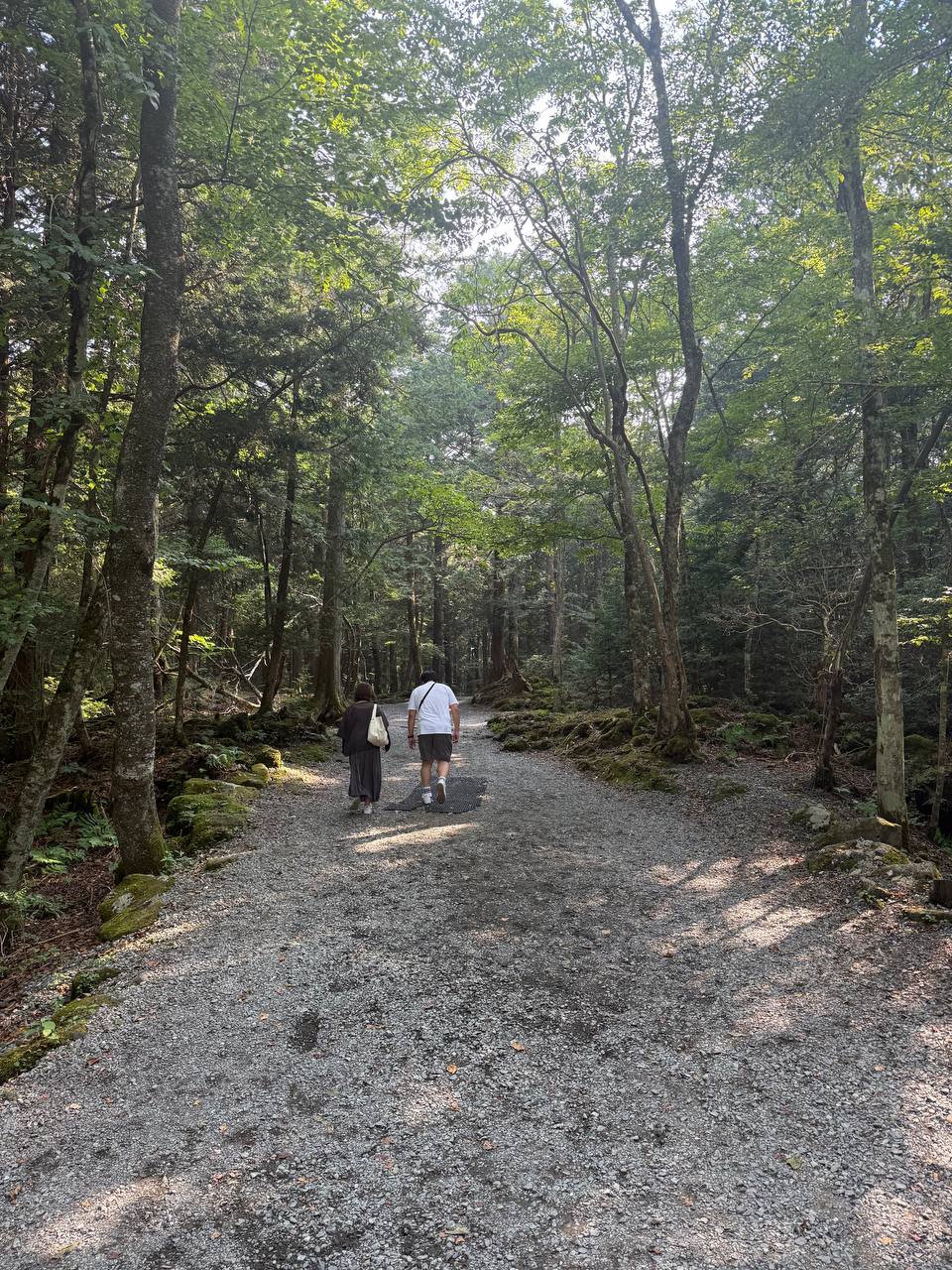
Dark Tourism at Aokigahara
OK, so while we have discovered that there are definitely wholesome family friendly things that you can do in Aokigahara, let’s be honest dark tourism is a huge draw. You would oddly though not know this from the entrance of the place. This is essentially a gift shop slash cafe which is all very happy and from where you join the natives in heading to the cave.
It is though in the surrounding woods where you hike that things, and indeed the aura, start to get a bit weird beard. Some of this is of course merely in your mind, but when you see Japanese signs up that to paraphrase somewhat say “please don’t kill yourself” you feel funny.
There are other mind tricks as well with many suicidees apparently at least doing the deed nearer to the entrance in order to get “saved”. This means everyone you see walking in, out, or around that are unaccompanied you start to wonder what they are up to.
And all of these thoughts and fears are juxtaposed into what is the generally beautiful scenery of Aokigahara and Mount Fuji as a whole.
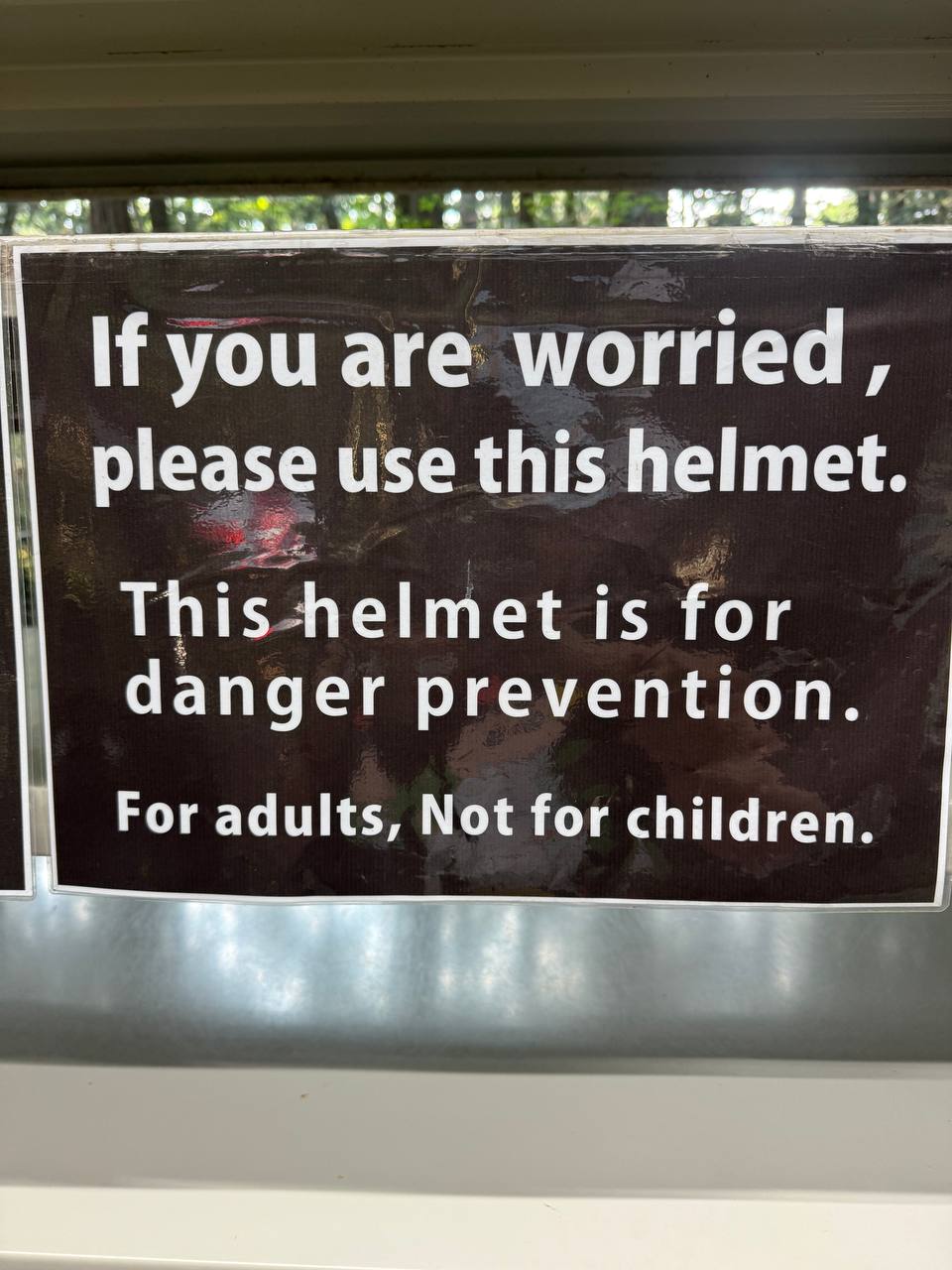
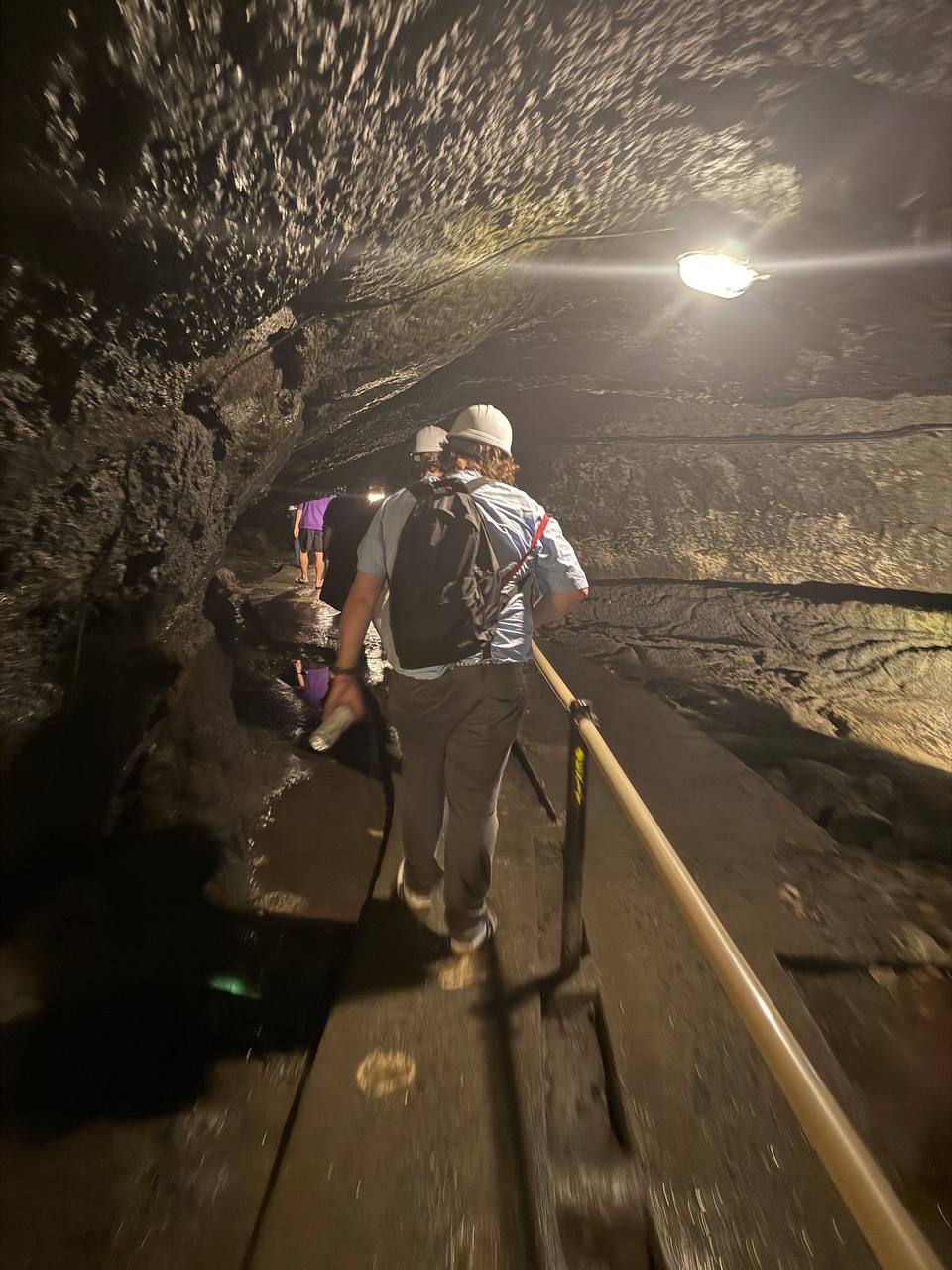
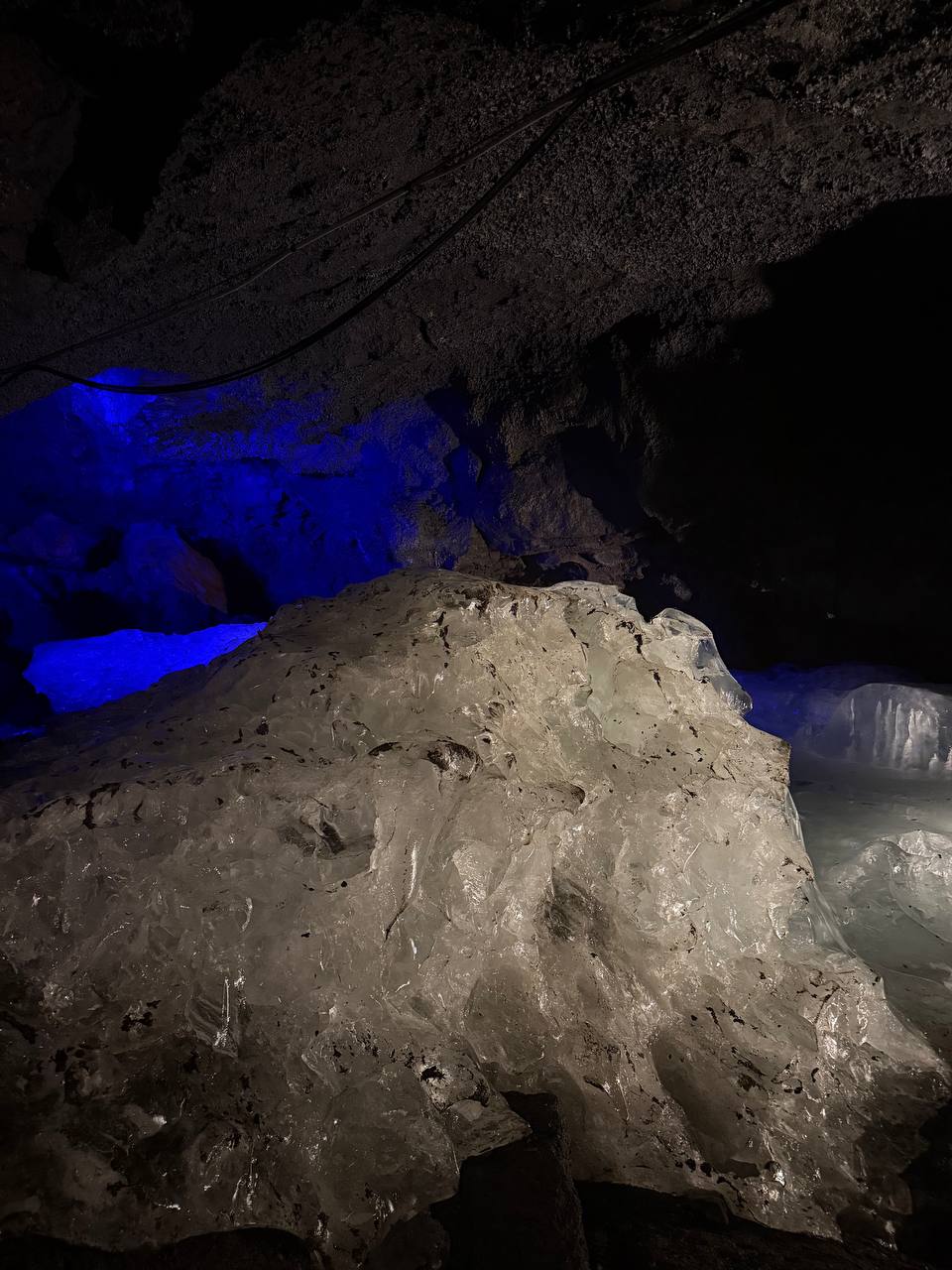
How to get to Aokigahara Forest
Getting to Aokigahara is surprisingly easy. From Tokyo you can take a train to Kawaguchiko Station (河口湖駅) which is part of the Fuji Five Lakes region. The most convenient route is to take the Chuo Line (中央線) from Shinjuku Station (新宿駅) to Otsuki Station (大月駅), then transfer to the Fujikyuko Line (富士急行線) to reach Kawaguchiko. Total travel time is around 2.5 to 3 hours.
From Kawaguchiko Station you’ll want to take a bus to either the Saiko Bat Cave (西湖蝙蝠穴), Fugaku Wind Cave, or Narusawa Ice Cave stops, depending on which part of the forest you’re going to explore. Buses run regularly and you can grab tickets right at the station. If you want to go deeper into the forest areas, particularly around the suicide hotspots, it’s better to get a car or taxi. Be warned though, not all taxi drivers will take you far into the woods, especially alone, as well, you know, just in case.
There’s no official entrance fee unless you’re going to the caves which charge around ¥300-¥500 ($2-3.50). The visitor centre and gift shop are free to enter, and you’ll find basic maps, toilets, and some hiking gear if you need it. GPS and mobile signals can be sketchy in parts of the forest which probably doesn’t (or maybe does) help those looking to top themselves.
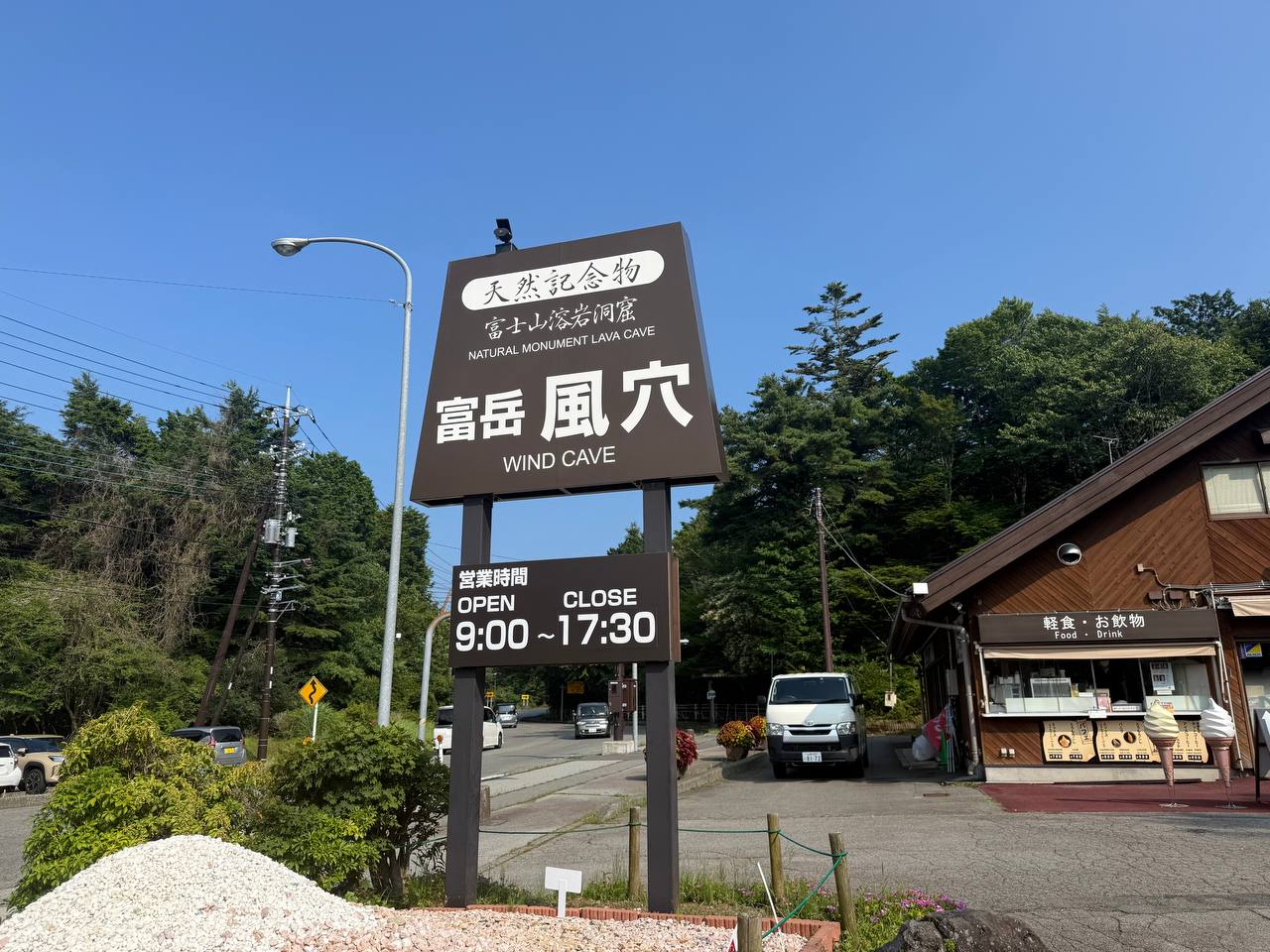
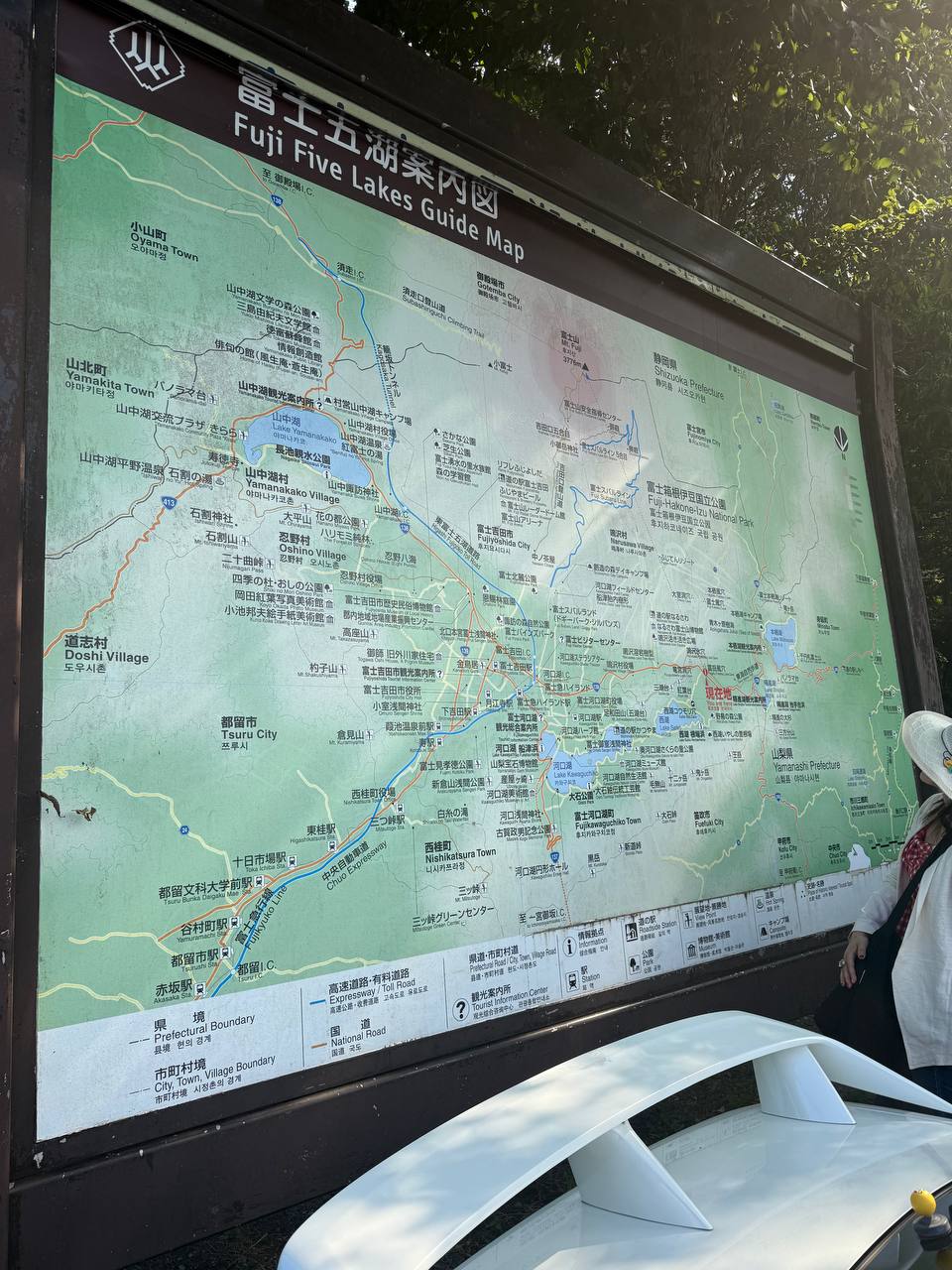
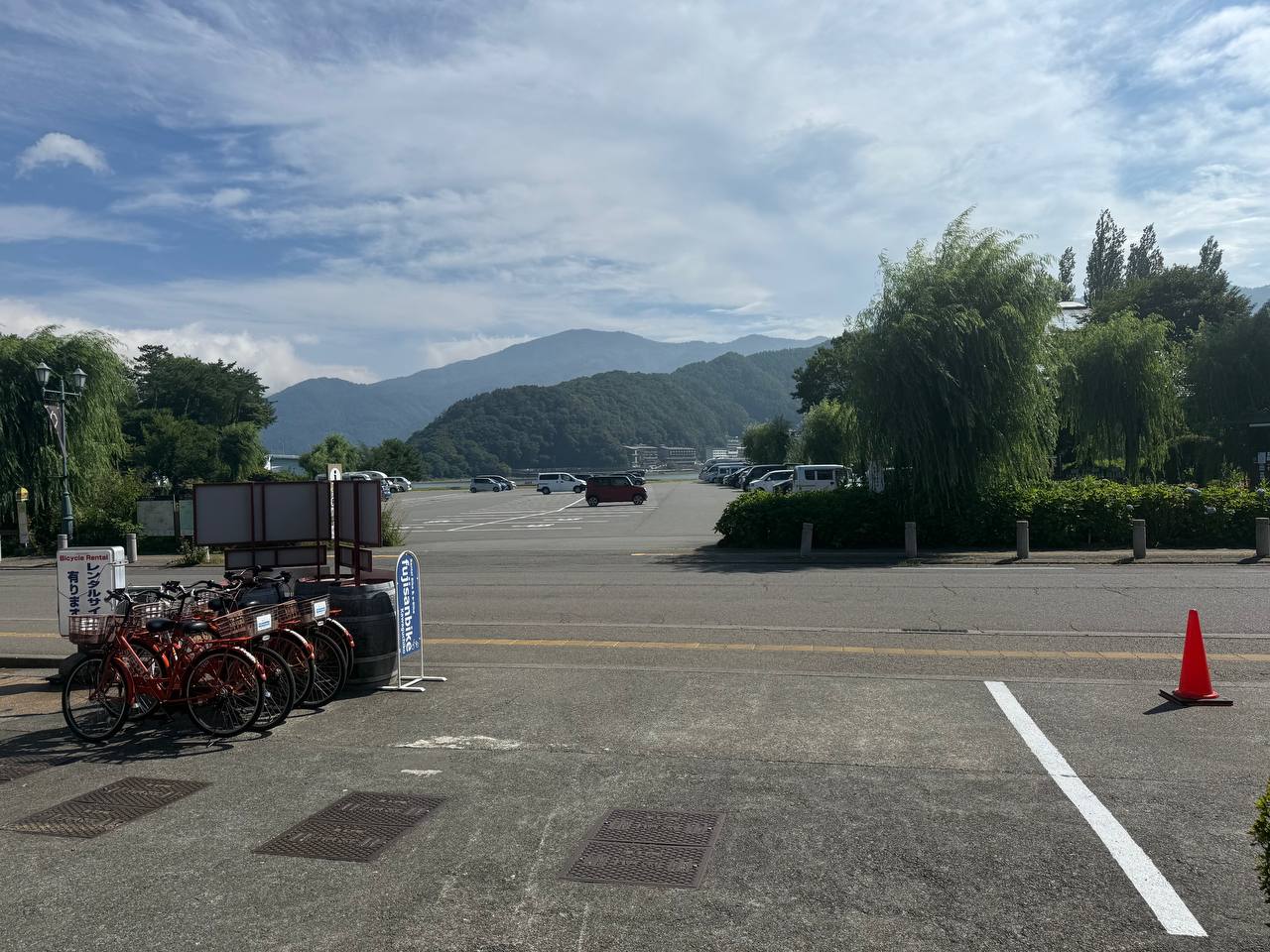
Should you go?
So, overall a must visit if you come to Fuji, but also the whole area is without doubt a very decent day, or better still night out from Tokyo.
Aokigahara is beautiful. It’s tragic. It’s mysterious. And it is absolutely real. Of course like anywhere seemed dark tourism you should enter with and show respect. What you feel and take from the whole affair though is very much up to you.
Click to check our Japan Tours.



